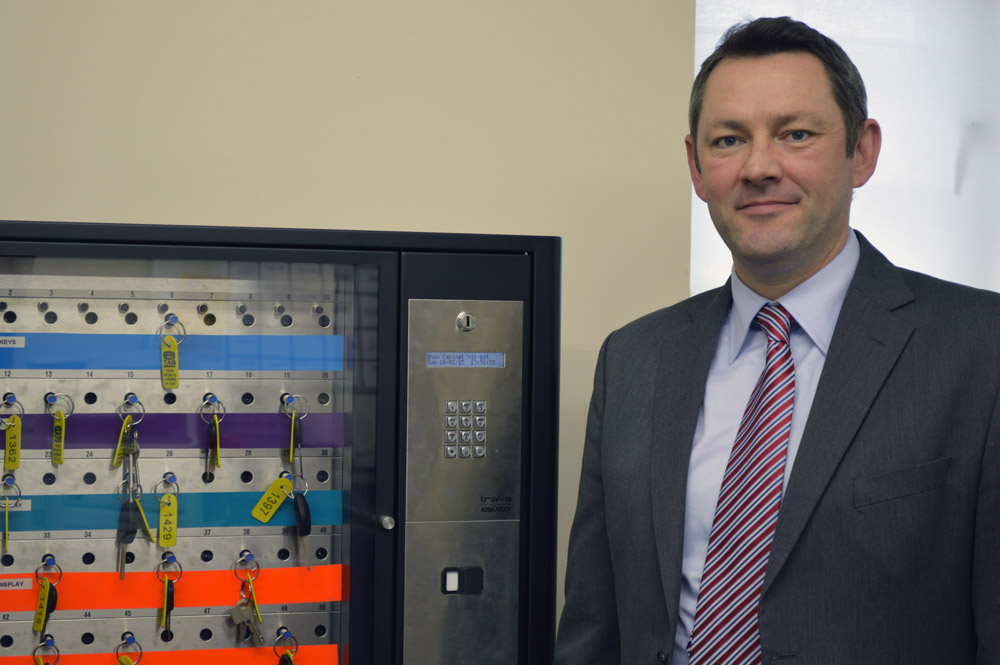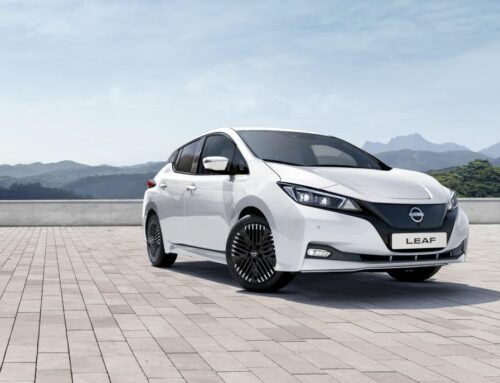ALTHOUGH the Hydrogen Fuel Cell-powered Electric Vehicles (FCEV) lobby is still not nearly as visible or as well-funded as Battery-powered Electric Vehicles (BEV) players like Tesla, it has just as rosy a future and arguably an even rosier one, once you drive out of the city and onto the open road.
Paul Smith, director, Traka Automotive points out 6 trends that will enable FCEVs to stay in the running:
- Analysts do not unanimously favour BEVs over FCEVs in the run up to Electrification/Zero Emission Targeting. The KPMG Global Automotive Executive Summary 2018, based on a survey of automotive senior executives worldwide, came up with a surprising drivetrain split prediction for 2040: BEVs = 26%, FCEVs = 25%, Internal Combustion Engines = 25%, and Hybrids = 24%. If that’s anywhere near accurate, then hydrogen FCEVs are headed for rapid adoption – and from a much lower base than those headline-grabbing BEVs.
- Shared mobility models suggest that in the future cars will be expected to do many more miles than they do today as usage rises from perhaps two hours per-day per-vehicle, at an average passenger occupancy rate of just 1.55 (source: KPMG), to 10 hours per day travelling up to 100,000 miles per-year and carrying many more people. Currently, BEV-based shared mobility offerings show average number of trips per day are under five before the vehicle needs to be repowered (with a minimum 45-minute wait to do so); whereas FCEVs already available offer ranges up to 400 miles – close to what we are used to in the ICE-based world.
- The major drawback for FCEVs, like EVs, is finding places to refuel when you start to run low on power. Yet with refuelling too, there seem to be opportunities for a fairly smooth transition for diesel and unleaded fuel station operators to compressed hydrogen storage. Most existing infrastructure just needs to be adapted rather than fully replaced; and the time taken to refuel FCEVs (a couple of minutes at most) is again like those being experienced by ICE drivers today.
- Probability is that FCEV drivetrains will initially dominate long-distance commercial vehicle fleets, before moving from there to cars designed and marketed for long-distance motorists who, 10 years previously, would have justified a diesel car because of the number of miles they were covering routinely. (That still leaves the market for EVs wide open in the ever-larger cities where journeys are shorter and the potential for charging up via converted lamp posts, using under-street power infrastructure, is better.)
- When it comes to the rise of Autonomous Driving over the next 20 years or so, FCEVs again appear to be in a pole position because, as cars move through Level 4 and Level 5 autonomy, the load on a typical battery-powered EVs rises to 20% to power all the additional IT equipment. And that’s before you start juicing your gadgets or heating your seats. Again, FCEVs look to be better placed to handle the new power load required to run all the additional technology going into infotainment-loaded, IT-heavy autonomous vehicles.
- Although FCEVs haven’t had the benefit of the hype that EVs have enjoyed, the hydrogen lobby is growing, and automakers are rolling-out lines. Some 3,000 Toyota Mirais, a hydrogen FCEV with a 312 range, sold in 2017, and Toyota expects to be selling 30,000 Mirais a year from 2025. The second-generation Hyundai Nexo offers a 370 mile range. Japan has 160 hydrogen fuelling stations today and is making plans for infrastructure building to support a total of 40,000 FCEVs on its roads in time for the Tokyo 2020 Olympics. California, meanwhile, has 33 hydrogen fuelling stations and 27 more under development, while 1,600 FCEVs have so far hit its roads. Germany has 50 hydrogen fuelling stations, while H2 Mobility wants to build 400 more there by 2023.







Leave A Comment